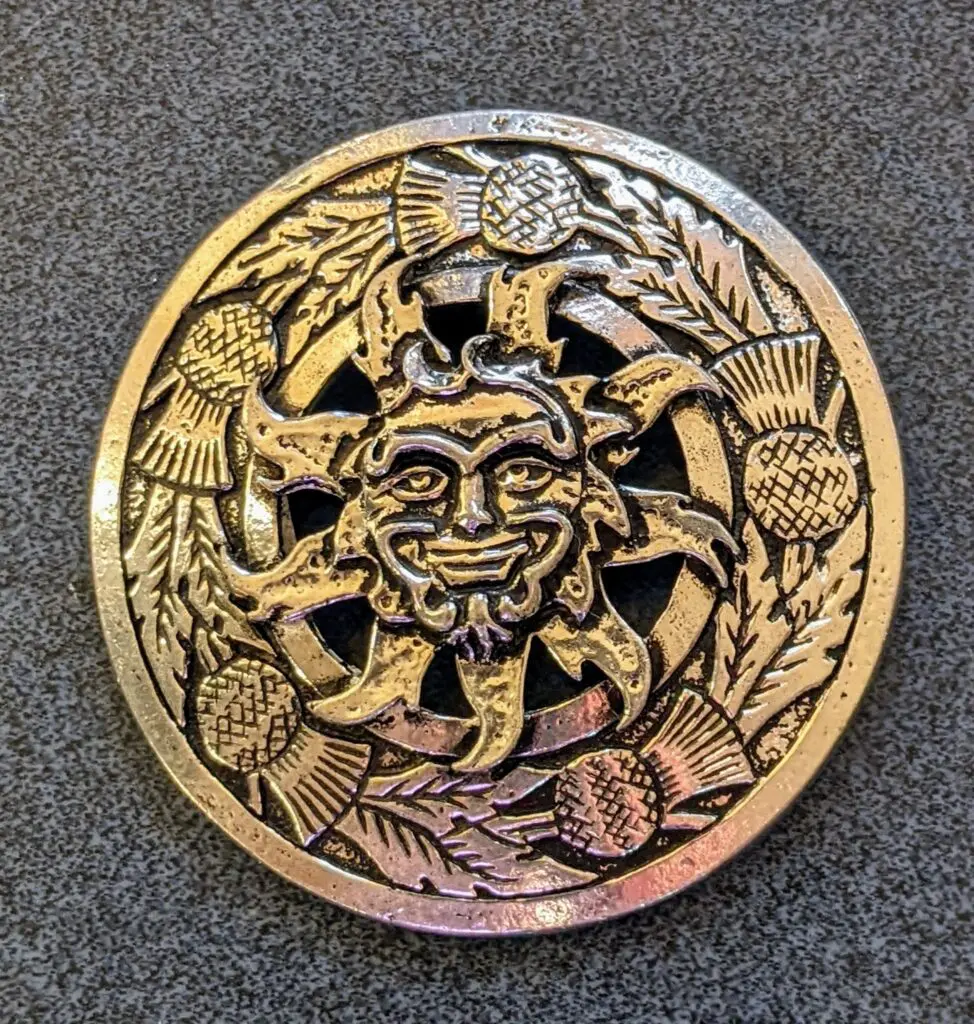Uncategorized
Celtic Winter Sun
Engage with this newsletter at ScottishThrift.com
In the ancient Celtic lands, the winter sun hangs like a pale jewel in a pewter sky, its strength diminished but its significance magnified by the long darkness that surrounds it. Through the bare branches of oak and ash, it casts shadows that the Druids once read like sacred texts, telling stories of the year’s turning and the slow dance of light and shadow across the stone circles and burial mounds. The sun’s brief daily journey traces a low arc across the horizon, never climbing high enough to warm the frost-rimed earth, yet its presence remains a vital thread connecting the people to the promise of spring’s return.
During these shortened days, when the sun appears as if viewed through layers of thin silk, the Celts would gather in their roundhouses and great halls, telling tales of Grianán, the “sunny place” where their solar deities dwelt. They understood this wan winter light not as an absence or withdrawal, but as a necessary rest, a time when the sun god Lugh would journey through the otherworld, gathering strength for his triumphant return at Imbolc. The winter sun’s gentle touch upon the land was seen as a reminder of this divine promise, each pale ray a whisper of warmth in the midst of winter’s necessary sleep.


